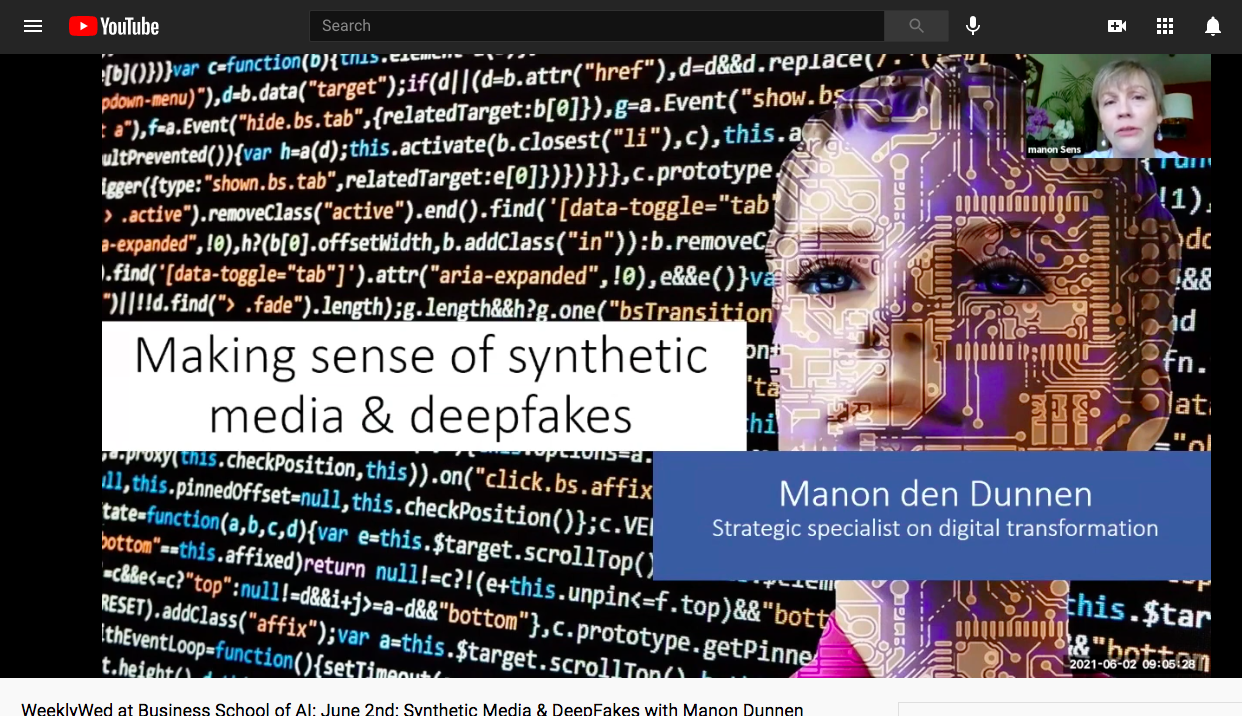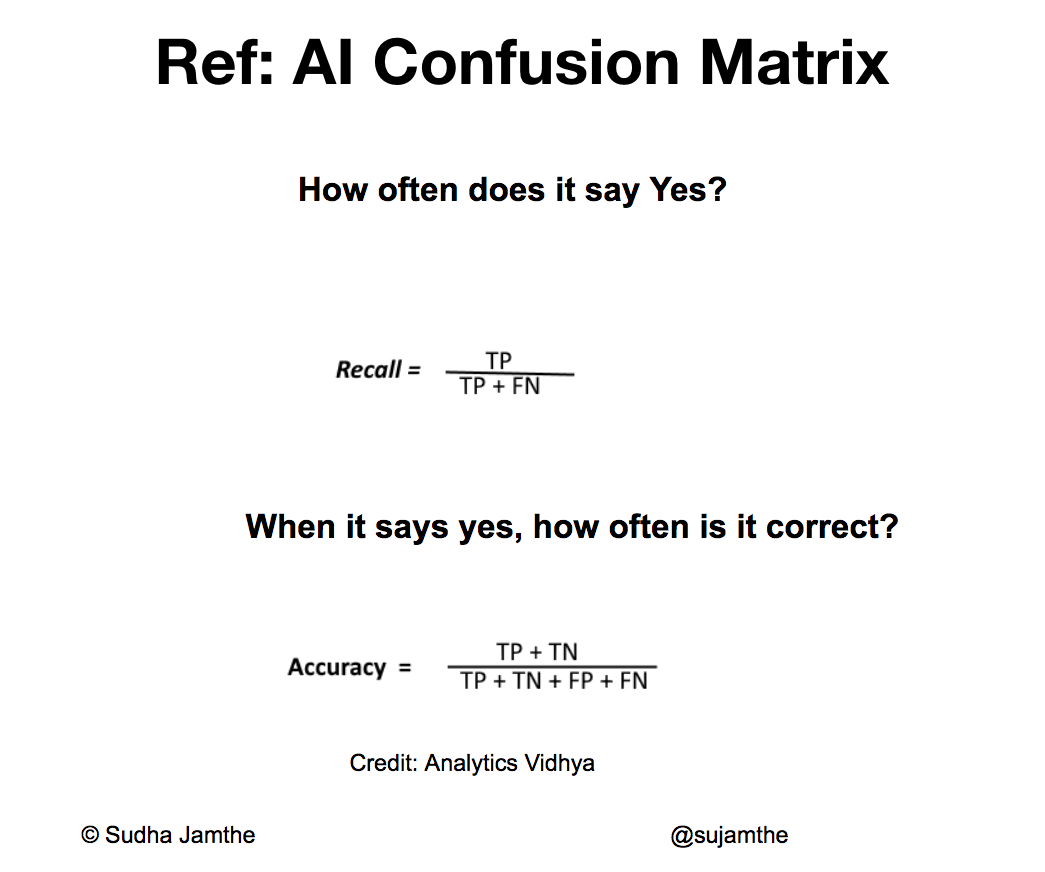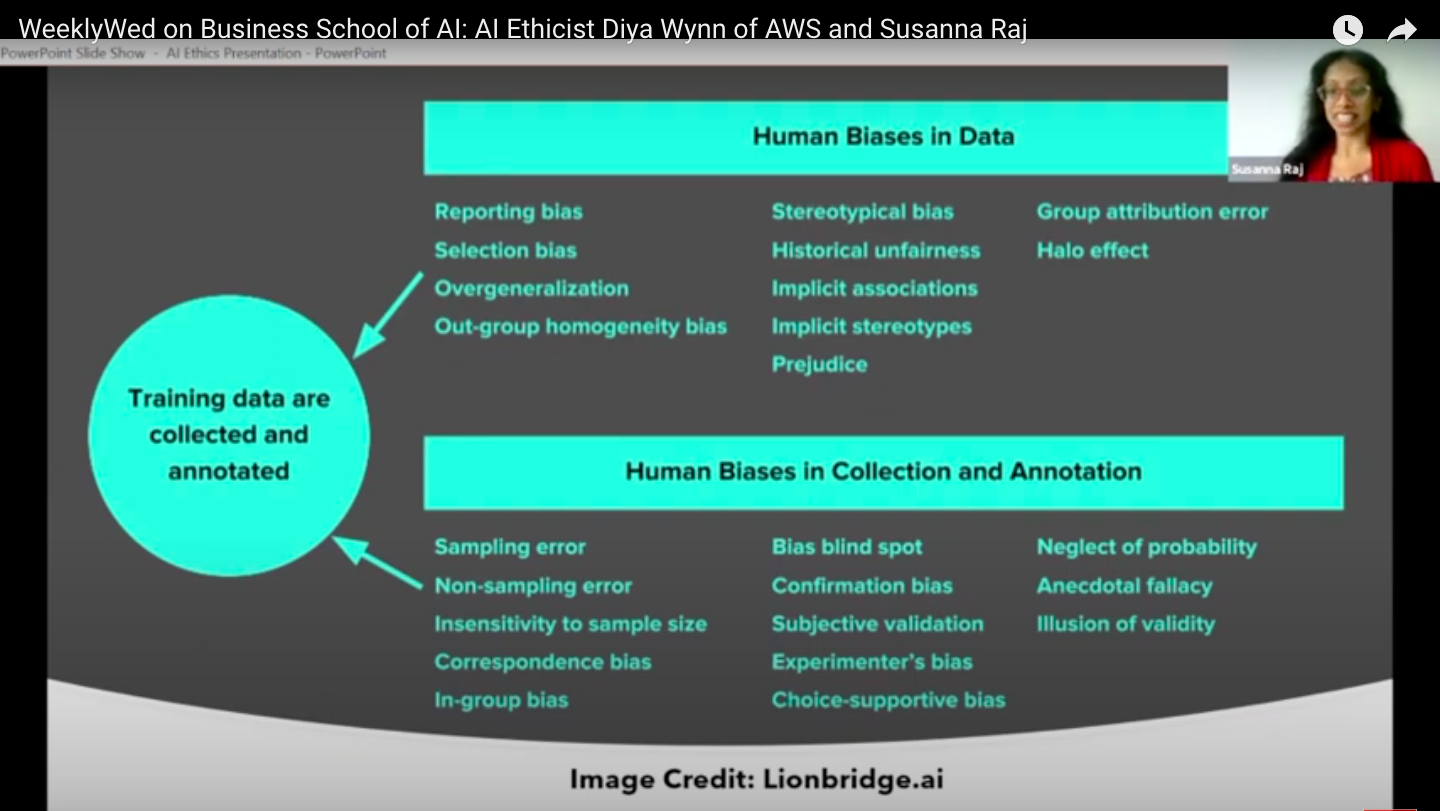|
July 2021
AutomatedBuildings.com
|
[an error occurred while processing this directive]
(Click
Message to Learn More)
|
Taming an unborn Beast
Artificial Intelligence (AI) is pervasive and is permeating all jobs and all walks of life in every industry.
|
Contributing Editor
|
Artificial
Intelligence (AI) is pervasive and is permeating all jobs and all walks
of life in every industry. It comes with huge power to automate mundane
jobs and create new conveniences and opportunities but it comes with
its limitations impacting lives when it is incorrect in its
predictions. But the AI that we work with is constantly learning and
adapting to recreate itself as it interacts with people and new
situations.
All AI is a Prediction
AI
is everywhere and it works by prediction. AI is trained with data we
feed it. Then when we engage it to work, it makes a prediction. Every
single time.
Ask
AI for a financial forecast, whether we should expect an upcoming
storm, or about how much power will be generated by wind for
sustainability. It will readily give us the answer. All of them are
predictions.
Critical answers from an AI such as whether someone has Covid or Alzimers is a prediction.
What appears as silly things with auto correct on our texts or search engines are all predictions.
Ask
Google search 'On Thursday I will' and it will say I will get paid. Ask
Google 'On Thursday you would' and it will say you will get
pregnant. That is a prediction too.
Why Should AI be Tamed?
AI is unleashing great power impacting lives and creating a new future for the world impacting everyone and everything.
AI
is being used to create synthetic media or deep fakes. This distorts
the idea of what is real news and creates fake news that propogates
misinformation campaigns in the wrong hands. AI can create artificial
human images and distort real videos such that we cannot see what is
real or doctored. The challenge with AI is that there are positive and
negative applications to AI. Listen to Manon De Dunne’s talk to
understand the power and challenges of synthetic media using artificial
intelligence below.
Taming
the AI, making it work is like trying to work with the future that has
not yet been created. It is about predicting the future before it is
built.

To
understand how we can manage AI we need to focus on three concepts that
are core to how AI is trained, runs predictions and learns continuously.
The Confusion Matrix of AI
Everytime
an AI engages with us it makes a prediction which can be true or false
while the truth might be true or false. This leads to four possible
situations about the prediction of the AI. The result predicted can be
a ‘True Positive’, ‘True Negative’, ‘False Positive’ or ‘False
Negative.’
This is known as the Confusion Matrix of AI.

The
data scientist who builds AI tracks two metrics to track the AI
confusion matrix so they can get visibility into how accurately the AI
can make predictions. These are ‘Recall’ and 'Precision.’
Recall is how often the AI says Yes.
Accuracy or Precision is how often the AI is right when it says Yes.
So a low accuracy means that we cannot trust the predictions made by the AI.
The Ethical Principles of AI
Trustworthy:
When AI makes a decision, with the recall and precision metrix, we can
know how often to rely on the prediction made by the AI. These metrics
inform us about how much to trust the AI.
To
paraphrase privacy expert Jessica Groopman, she says “We are taking
AI’s advice as reference to make decisions but it is more of an
inference that the AI makes with a certain level of accuracy with room
for inaccurate predictions.”
Transparency:
Whenever an AI engages with a patient, or customer or that critical
system making life or death decisions, nobody knows how it made that
decision, what factors did it consider in making that prediction.
Fairness:
When the AI is built with a biased dataset that favors one group of
people over the other, which is typically the case today,
unfortunately, the AI gives more right answers to one group of people
and more wrong answers to other groups.
For
example, Amazon used a hiring algorithm that allowed for less women to
be selected in the hiring process than men. As the Gender Shades project
from Joy Buolamwini and Timnit Gebru showed, darker skin faces are less
recognized than lighter skin faces in all facial recognition systems
used in the US. AI predicts diseases correctly in the population it was
trained with and makes inaccurate predictions for the population that
were not well represented in its training data.
There
are several kinds of bias that creeps into the AI at every stage of the
AI lifecycle right from conception, data collection, labeling, model
selection all the way to engagement with users. See image below from AI
Ethicists Susanna Raj that shows the many possible types of bias that
creeps into AI.

Image: Susanna Raj session about data bias at Career Pivot to AI Ethics class at Business School of AI
The Learning AI
AI
is constantly Learning. AI learns continuously and retrains itself to
recreate itself with new data and new customers engaging with it. Each
time an AI interacts with a user, it gets new training data from the
interaction and this is used to re-train the AI to make a better
version of itself.
This
means that the AI that you will interact with tomorrow is not the same
as the AI that you are interacting with today. This is the power of AI
to adapt. Therein lies the challenge of managing the AI, taming the
beast that is not yet born.
How can we tame AI to work better for the future?
We
need to tame the AI to make it work for everyone without bias. We need
to improve AI from making incorrect interpretations that affect lives
and take away agency from any group of people.
As
much as AI is recreating itself by retraining itself, AI is creating a
new world every time you interact with it. It is predicting its results
based on who asks to open the door to be let into a building because of
the bias in its training data. This makes the AI give unpredictable
results in the future.
The
good news is that we can make AI make a better world by focusing on the
training data that trains the AI. This training data is what sets the
precision and recall to create the confusion matrix. This training data
is what contributes to the bias in the AI to act unfairly towards some
groups of people. This training data is what allows the AI to retrain
to become the AI that you will interact with in the future.
So
the best way forward is to focus on the training data and ensure AI
ethical principles of trust, transparency and fairness are incorporated
into the data and incorporate active bias mitigation at every stage of
the AI development lifecycle.
Listen to AI ethicist Diya Wynn from AWS’s talk about how to ensure that your customers build AI ethically in all industries.

The good news is that AI Ethics jobs are permeating all possible jobs in the technology in every industry (refer to these jobs here).
So you can participate in this journey to tame the AI to make it work
for all of us to create the better future that we each dream about.
Reference:
Proceedings of Machine Learning Research 81:1–15, 2018 Conference on Fairness, Accountability, and Transparency Gender Shades: Intersectional Accuracy Disparities in Commercial Gender Classification by Joy Buolamwini and Timnit Gebru.
“Amazon scraps secret AI recruiting tool that showed bias against women,” Oct, 2018, by jeffrey-dastin
“Racial Discrimination in Face Recognition Technology” Oct 2020 by By Alex Najibi
Sudha
Jamthe is a Technology futurist who teaches professional learners to
create the connected, autonomous and ethical future with Artificial
Intelligence at Stanford Continuing Studies and Business school of AI.
[an error occurred while processing this directive]
footer
Overload. There are too many processes running under this userid. Please wait a minute and try again. (fork failed)
[Click Banner To Learn More]
[Home Page] [The
Automator] [About] [Subscribe
] [Contact
Us]


